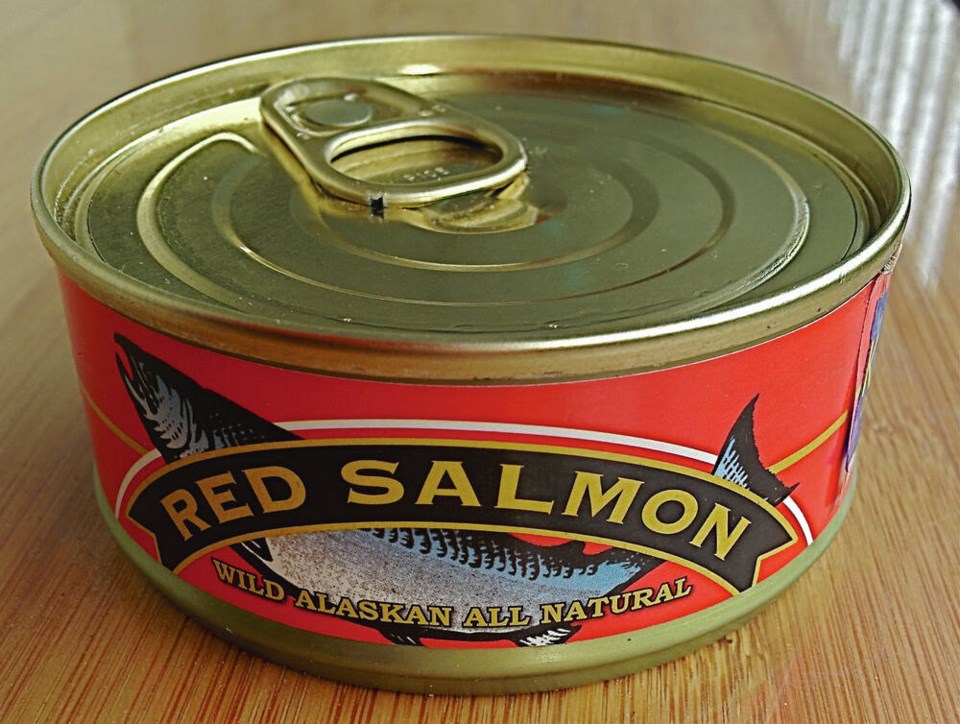My late mother-in-law would tell a story of how she found a worm wriggling around in the flesh of some lingcod fillets she’d purchased for dinner.
“That fish went right into the garbage,” she said with disgust.
The worm she saw was likely an anisakid roundworm, the most common parasite found in marine fish. Variously called herring worms, cod worms, seal worms and sushi worms, the threadlike nematodes may also infect almost all wild Pacific salmon, according to some estimates.
My mother-in-law’s revulsion at the sight of the roundworm in the fish she had been intending to eat was a natural, healthy reaction. Often eaten unwittingly when fish or seafood is consumed, if anisakid worms are eaten alive, they can attach to the wall of the esophagus, stomach or intestine. In some cases, they penetrate the intestinal tract, cause ulcers and produce serious infection.
If the seafood is thoroughly cooked or was previously frozen to a temperature of at least –20°C, there’s little risk to health. Both processes kill the parasite.
Now, if you were a pointy-headed ocean ecologist and not my late mother-in-law, you might instead consider finding anisakid roundworms in fish meant for your dinner cause for cautious celebration.
In ecology, the presence of the parasite is not a reason for gagging but a sign of a healthy, functioning marine ecosystem.
That is the view of researchers at the University of Washington in Seattle who recently tallied anisakid worms preserved in 178 tins of salmon to assess changes in marine food webs in the Gulf of Alaska over the past 45 years.
Alaskan waters are critical for Pacific salmon. Many B.C. salmon populations spend the ocean-going stages of their lives either maturing in or travelling through the deep, cold Gulf of Alaska on their way to and from their birth rivers in the province.
The fishery is sustained by complex marine food webs that aren’t well understood even today.
To learn more, the Seattle researchers turned to old tins of salmon. Donated by the Seafood Products Association, a Seattle-based trade group that had set aside the tins each year for quality control purposes, the tins contained fillets from four salmon species, all caught from 1979 to 2021 in the Gulf of Alaska and Bristol Bay. The researchers dissected the fillets and counted the anisakid worms found within the flesh.
“Everyone assumes that worms in your salmon is a sign that things have gone awry,” said Chelsea Wood, a University of Washington associate professor of aquatic and fishery sciences. “But the anisakid life cycle integrates many components of the food web. I see their presence as a signal that the fish on your plate came from a healthy ecosystem.”
The researchers found anisakid worm levels rose in chum and pink salmon from 1979 to 2021, and stayed the same in coho and sockeye salmon. The results are published in the journal Ecology & Evolution.
The parasite has a complex life cycle that requires many different host species. If at any point in the worm’s life cycle, a host is not present, anisakids can’t complete their life cycle and their numbers drop.
The researchers say the increased anisakid levels in pink and chum salmon may be due to the 1972 U.S. Marine Mammal Protection Act, which allowed populations of seals, sea lions, orcas and other marine mammals in the Gulf of Alaska and other U.S. waters to recover after decades of decline.
Anisakids reproduce only in the intestines of marine mammals. They may have been increasing because they had more opportunities — more available hosts — to reproduce.
“Seeing their numbers rise over time, as we did with pink and chum salmon, indicates that the parasites were able to find all the right hosts and reproduce,” says Natalie Mastick, the paper’s lead author, now at Yale University. “That could indicate a stable or recovering ecosystem, with enough of the right hosts for anisakids.”
The researchers say warming ocean temperatures or impacts of the U.S.’s Clean Water Act also may have contributed to the anisakid increase in pink and chum salmon since the late 1970s.
>>> To comment on this article, write a letter to the editor: [email protected]



